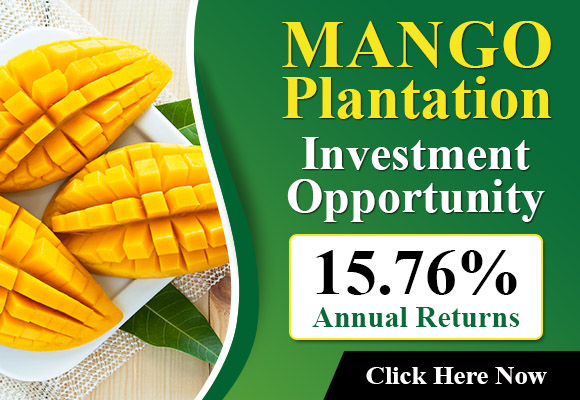The government of South Korea has agreed to providing 24,000 tons of cabbage from reserves in order to help with the coming high-volume kimchi season and attributing this due to the effect of unusually scorching temperatures on the cabbage harvest. Kimchi is a key ingredient in South Korean cuisine, is typically made of a range of plants and includes cabbage as a principal ingredient. To address concerns about the possibility of supply disruptions caused by the “unusually extreme temperatures” which are impacting crops, specifically radish and cabbage Agriculture Minister announced an increase of 10% in the availability of contract-grown cabbages to the market in comparison to the last year.
The type of cabbage that is most commonly used to make kimchi, also commonly referred to as napa, is grown best in colder climates. It is typically in areas of mountainous terrain with temperatures that are less than 25 ° Celsius. But, in the past year, South Korea experienced its most extreme temperatures from the months of June through August since records started in 1973. This led to an impressive increase in prices for wholesale cabbage. However, the prices are beginning to fall and will remain at a low because the harvest is improving. The government is also working to improve its technology to stockpile and expand storage facilities. It also has the emergency reserves of 1000 tonnes of cabbage, in order to avoid the possibility of any future supply problems. The initiative is in response to the warnings of some studies which suggest that climate change may significantly affect napa cultivation across South Korea.
Source: Reuters
Source: The Plantations International Agroforestry Group of Companies
